SUMMARY
This is AI generated summarization, which may have errors. For context, always refer to the full article.
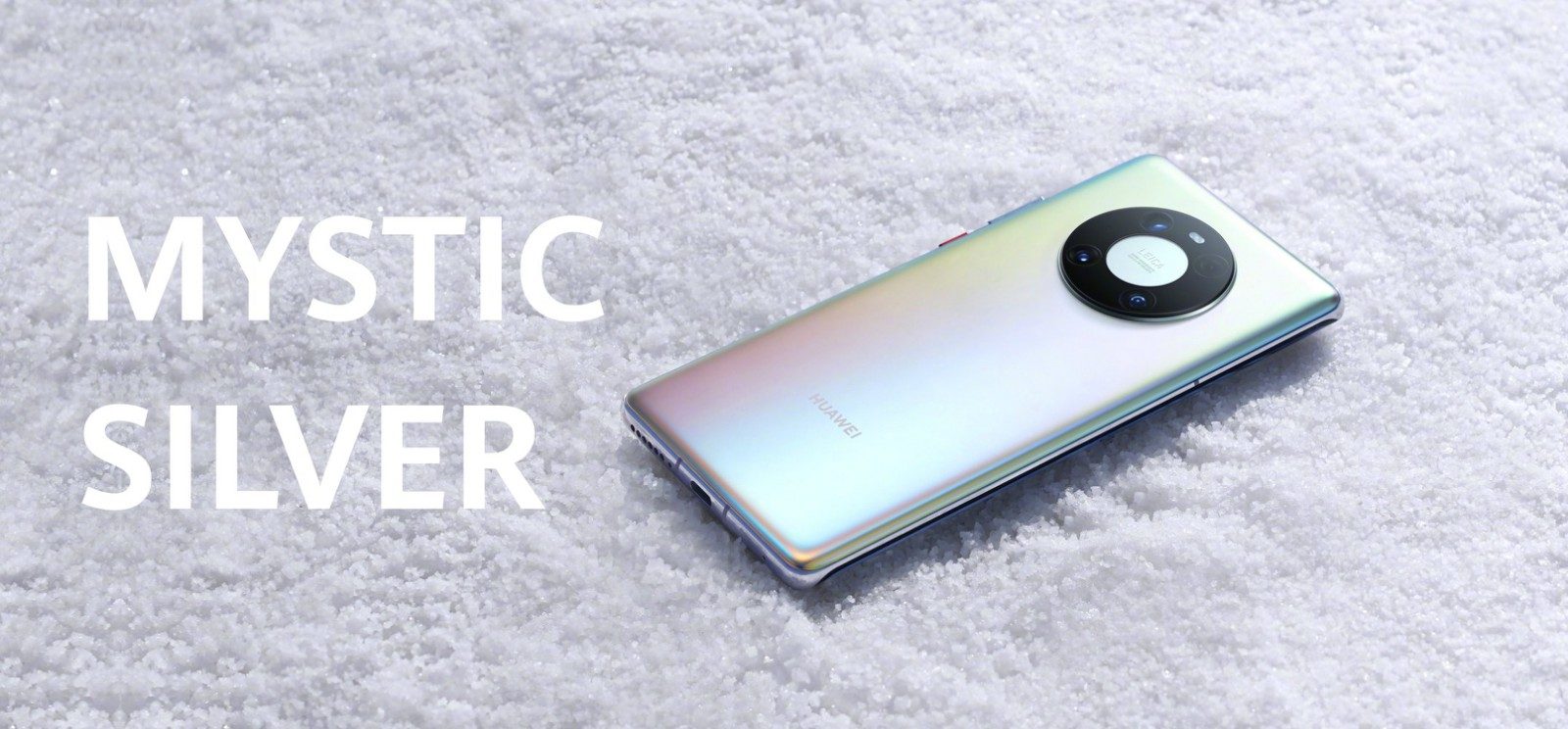
Huawei on Thursday, October 22, announced their new Mate 40 phones, the latest in the Chinese brand’s flagship line.
The Mate 40 marks the 10th generation of the line, in a journey that’s seen the brand go from upstart to a giant competing toe-to-toe with industry leaders Apple and Samsung to a target of the US and President Donald Trump.
At its online event, the Mate 40 showcased attention-grabbing technologies that have allowed it to compete at the top. The Mate 40 and Mate 40 Pro+ will sport a 5G-capable Kirin 9000 system-on-a-chip, which is a 5-nanometer chipset like the Apple A14 Bionic found in the iPhone 12.
Huawei claimed the Kirin 9000 has considerable performance and power efficiency advantages over the A14 Bionic and the Qualcomm Snapdragon 865+, the chip found in most Android flagships. The brand touted specifically the huge performance boost the Kirin 9000 has in terms of graphical and AI computational power.
The phones will come with a curved screen and offer IP68 dust and water resistance, the standard for premium flagships. High-tech implements include virtual volume buttons (also seen in the Huawei P40 and Mate 30 phones), enhanced touch protection algorithms on the side of the screen, and smart gesture controls that let users control certain functions using hand motions.
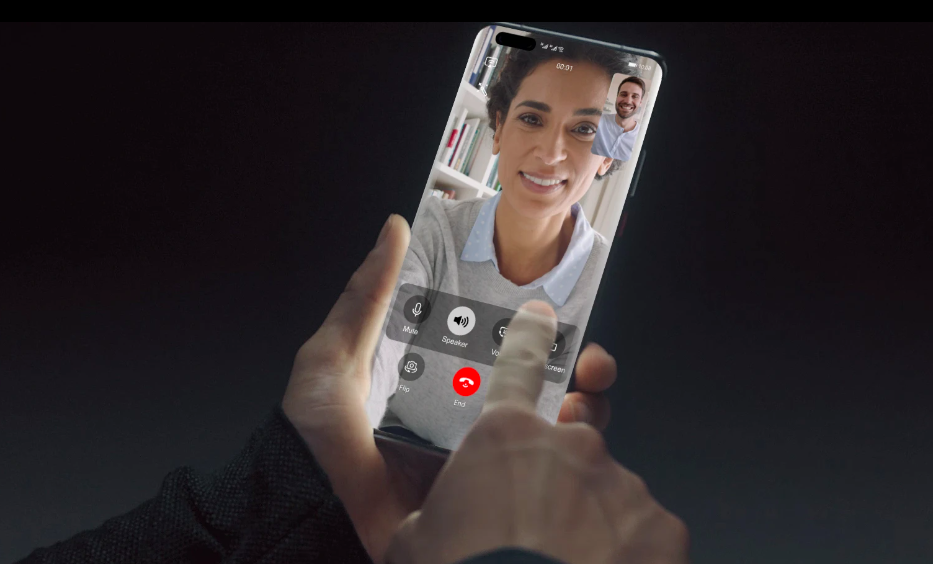
Physical design, display
The phones will be available in white and black, with the base and Pro models coming in another color as well called mystic silver. The color, based on the livestreamed images, may remind some of the chrome-like finish of last year’s Note 10.
The rear camera array is circular, which Huawei calls a “space ring” design.
The phones’ screens have a 90Hz refresh rate, smoother than the standard 60Hz but less so than the 120Hz found in the Samsung Note 20 and other Android flagships. Huawei said they could have easily made a 120Hz phone, but found that 90Hz is the best for power-and-performance balance. The refresh rate determines how smooth the phone feels when scrolling through pages and apps.
The Mate 40 will have a 6.5-inch screen, while the 40 Pro and 40 Pro+ will have a 6.76-inch screen.
On the audio side, Huawei touted improvements to the bass levels of its dual stereo speakers.
Impressive are the numbers that Huawei announced when it comes to charging. The Mate 40 phones will support 66-watt fast-charging, which is significantly higher than the iPhone 12’s 20-watt fast-charging and the Samsung Note 20’s 25-watt fast-charging, and an improvement from the 40-watt rate of last year’s Mate 30.
Wattage isn’t the only factor when it comes to charging speed, but just based on the numerical gap, the Mate 40 phones should charge considerably faster than those competing flagships.
Cameras, privacy features
For cameras, the Mate 40 Pro and Pro+ have what the brand calls Dual Cinema Cameras that use sensors optimized to produce a more cinematic effect when shooting videos. Image stabilization and the dynamic range of colors have been enhanced as well.
One key improvement for the Mate 40 Pro and Pro+ is its distortion correction capabilities when using the ultra wide lenses. Often, faces and limbs may look wildly distorted when shooting with such lenses. But Huawei said that its new corrective software helps erase those optical issues.
The Mate 40 Pro will have 7x optical zoom, 10x hybrid zoom, and 50x digital zoom, while the 40 Pro+ will have 10x optical zoom, 20x hybrid zoom, and 100x digital zoom. The standard Mate 40 sports shorter zoom levels than the Pro and Pro+.
Optical zoom is powered purely by the lens, meaning there is no difference in image quality whether it is zoomed in or not. Hybrid uses a mix of both optical and digital. Digital zoom is typically grainy at high zoom levels, as it only uses software to calculate and add pixels and details when zooming in.
For the front cameras, all the Mate 40 phones will have 4K capture and the ability to shoot in 3 fields of view: up close, wide, and ultra-wide. They will also be able to shoot slow-motion selfie videos.
The Mate 40 Pro and Pro+ also bring new privacy features such as the ability to hide messages when someone who isn’t the user is looking at the phone, and the ability to purge sensitive personal data such as location, time, and device details from a file before one sends it to another user.
When sharing one’s screen during an online presentation, the phones automatically prevent messages and calls from showing on the screens of viewers.
The Mate 40 has 8GB RAM, up to 256GB of storage, a 4,200 mAh battery, and will cost 899 euros. The 40 Pro has 8GB RAM, 256 GB of storage, a 4,400 mAh battery, and will cost 1,199 euros. The 40 Pro+ has 12GB RAM, 256GB storage, a 4,400 mAh battery, and will cost 1,399 euros. The phones are expected to arrive in November in some markets.
The phones will run on Android 10-based EMUI 11 OS, will not support Google Play Services, and will continue to rely on Huawei Mobile Services because of current US restrictions.
Huawei also announced high-end Mate 40 and Watch GT2 Porsche editions, new models of their smart glasses, new over-ear noise-cancelling headphones, and a new speaker. – Rappler.com
Shop smartphones and accessories with this Shopee promo code.
Add a comment
How does this make you feel?
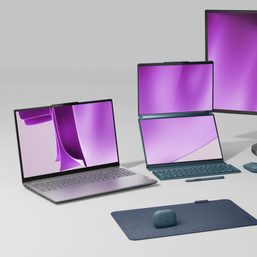
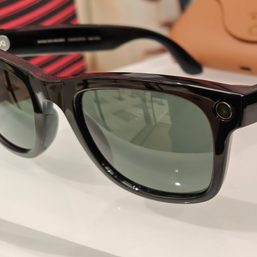
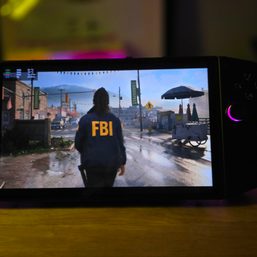
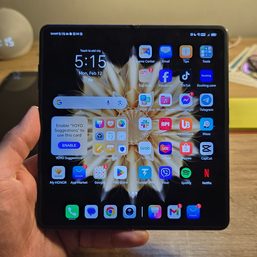
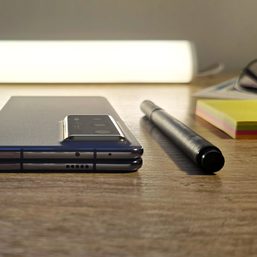
There are no comments yet. Add your comment to start the conversation.